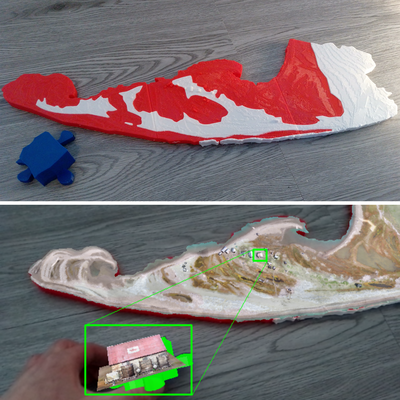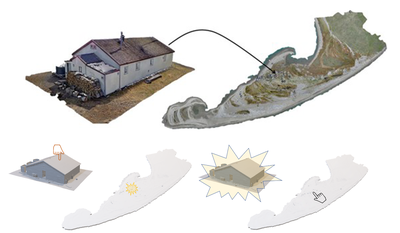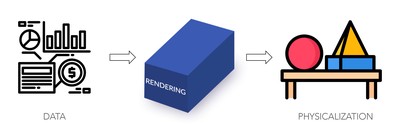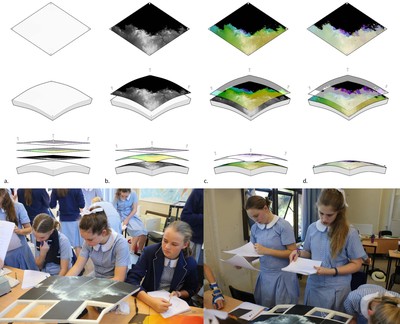Physicalization
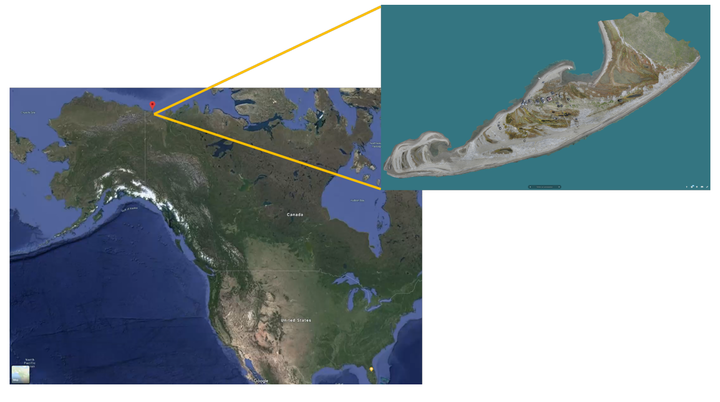
Introduction
Physicalization in computer graphics is the technique of converting abstract digital data into physical, tangible representations. This approach allows users to engage with data in a more intuitive and interactive manner by leveraging physical objects to convey information. It has applications across various fields, such as scientific visualization, education, and design, where complex data can be better understood through physical interaction.

Publications
Mobile Augmented Reality for Adding Detailed Multimedia Content to Historical Physicalizations (2022)
Combining augmented reality (AR) and physicalization offers both opportunities and challenges when representing detailed historical …
Multi-scale physicalization of polar heritage at risk in the western canadian arctic (2022)
The digital preservation of heritage resources has emerged as an essential method for communicating the significance of artifacts, …
Data to Physicalization: A Survey of the Physical Rendering Process (2021)
Physical representations of data offer physical and spatial ways of looking at, navigating, and interacting with data. While digital …
Geospatial Physicalization in Geography Education (2020)
A novel method to create a physicalization of Digital Earth resulted a new type of analogue and tactile geographic information system …
Physicalizing cardiac blood flow data via 3D printing (2019)
Blood flow data from cardiac 4D Flow MRI (magnetic resonance imaging) holds much potential for research and diagnosis of flow-related …
Landscaper: A Modeling System for 3D Printing Scale Models of Landscapes (2018)
Landscape models of geospatial regions provide an intuitive mechanism for exploring complex geospatial information. However, the …
